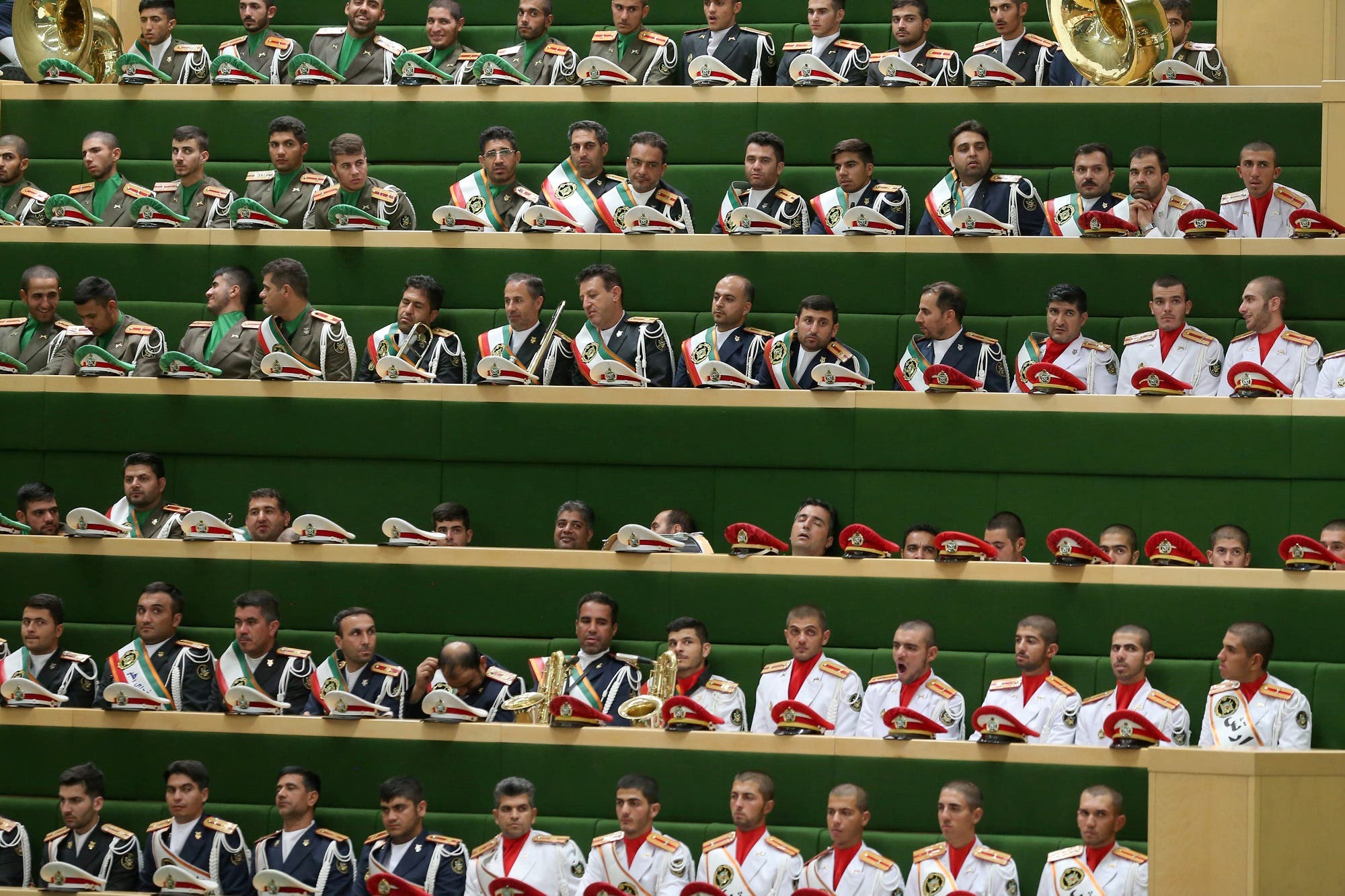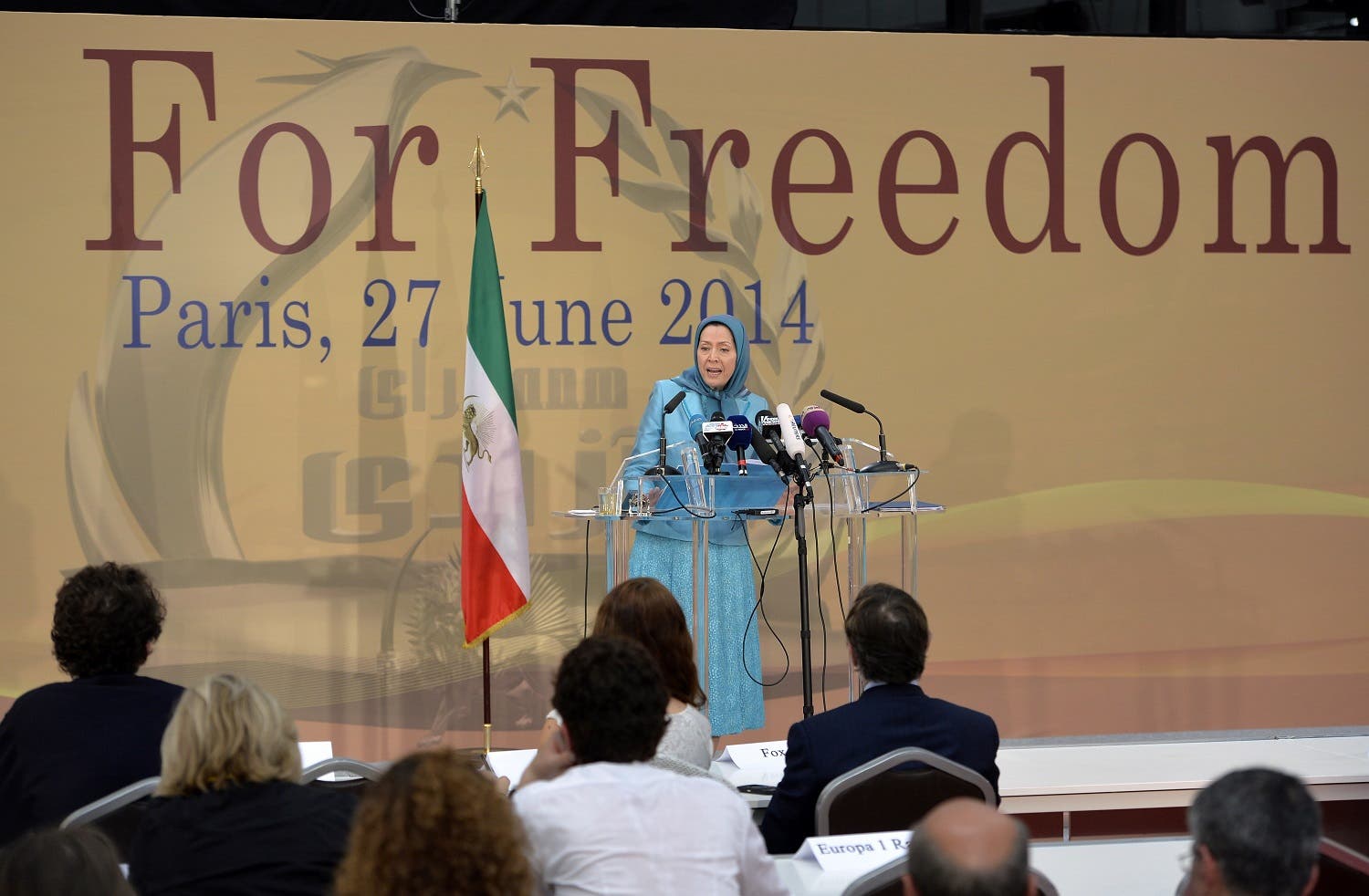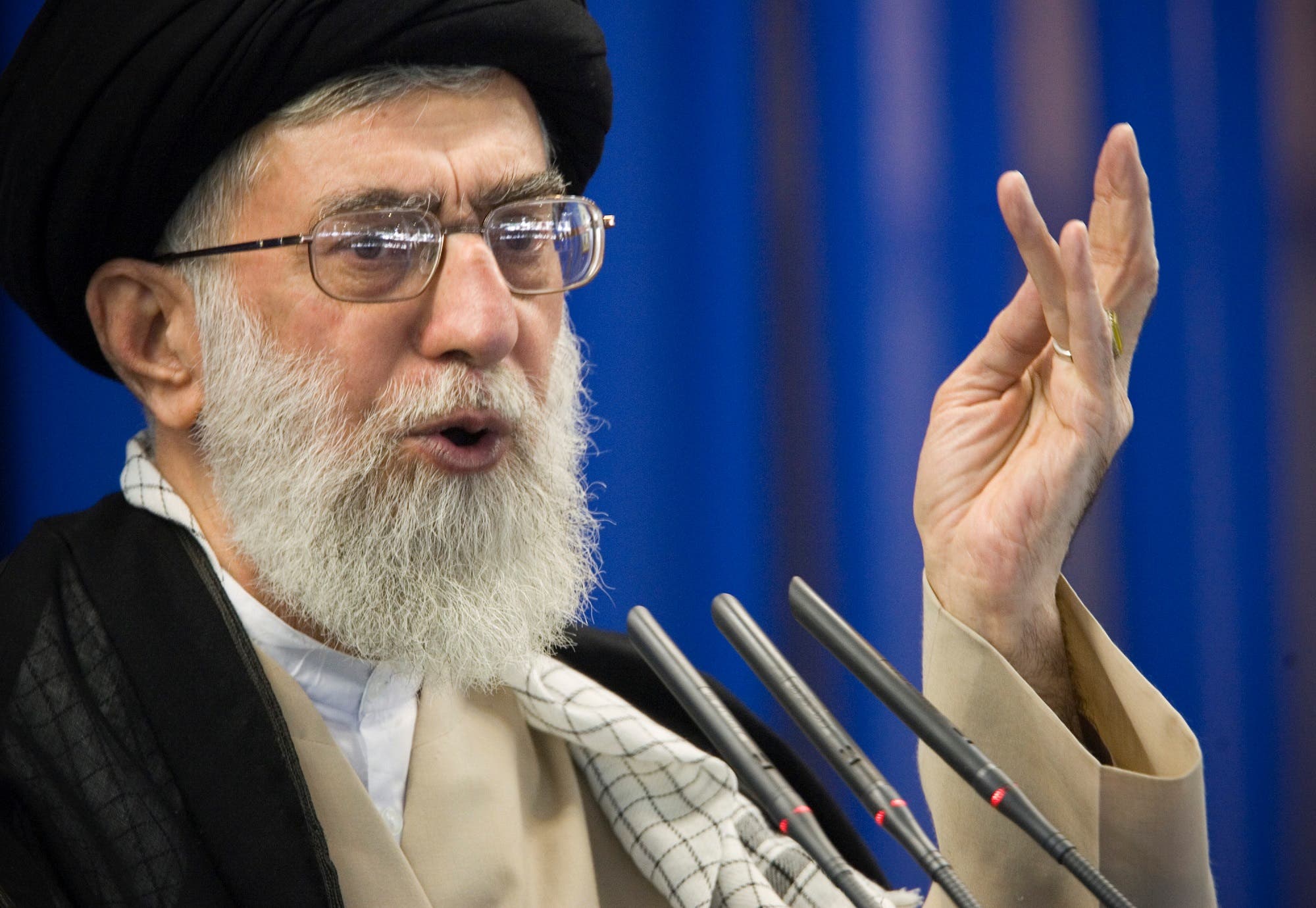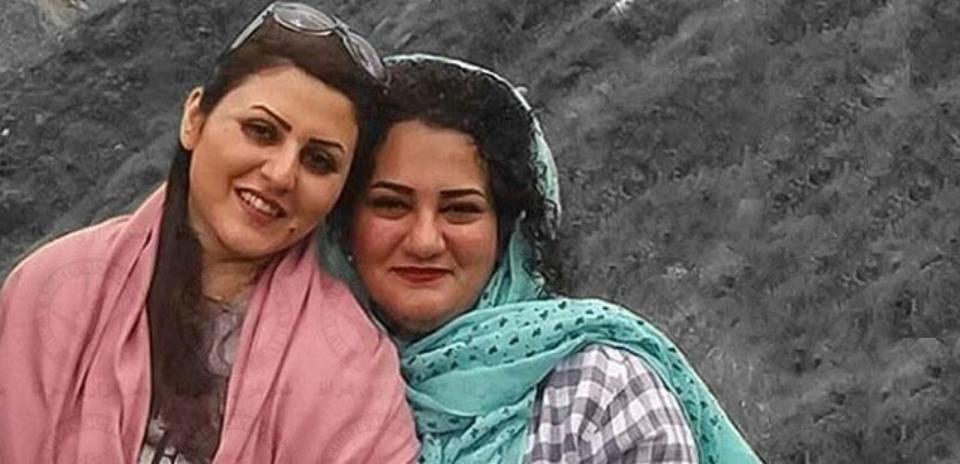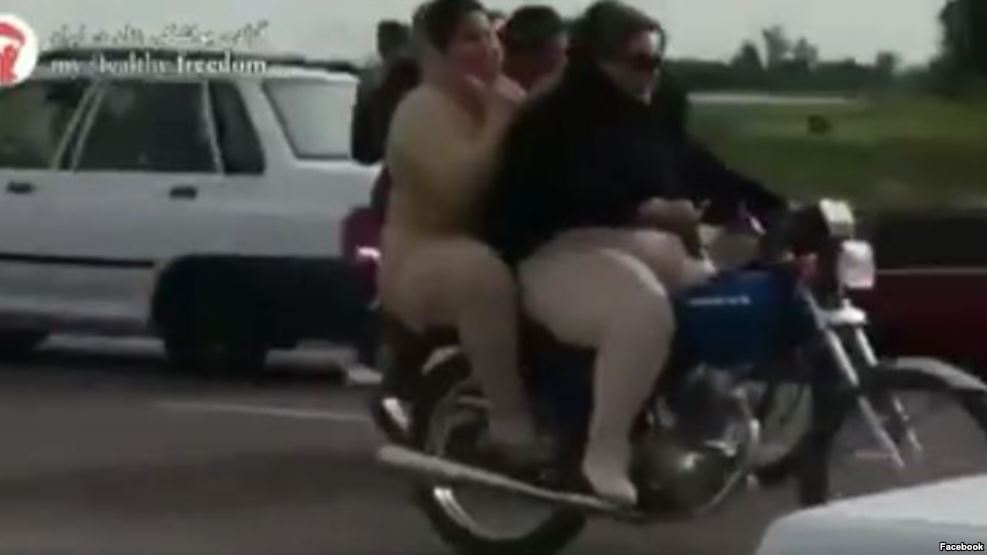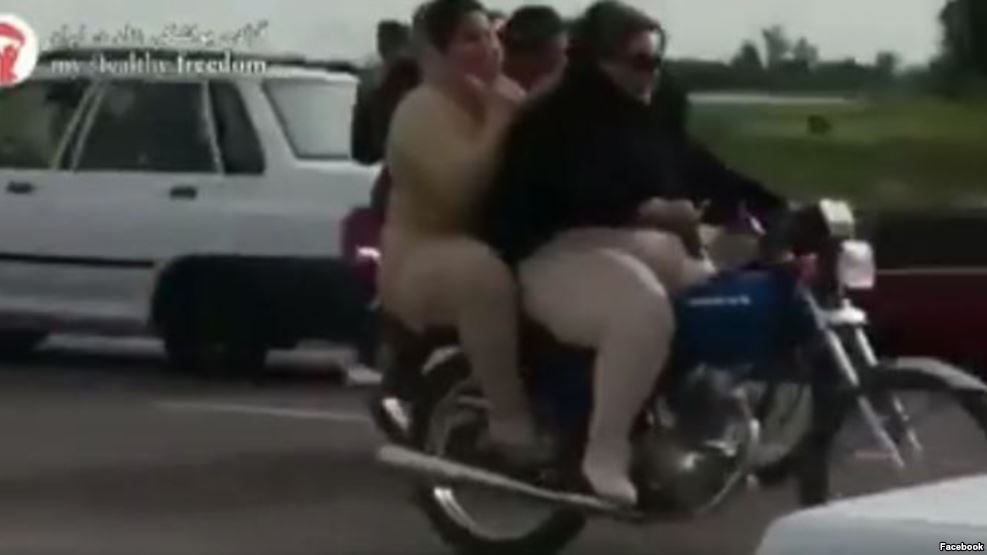As developments across the Middle East continue to signal landmark breakthroughs in the near future, Iran is resorting to desperate measures to safeguard a fading role.
As over 85 percent of Yemen is retaken by the Saudi-backed coalition, reports indicate a second ballistic missile fired by Yemen’s armed Iran-supported Houthi militias targeting Saudi soil was shot down on Thursday near the south-western city of Khamis Mushait.
In Syria there are signs of hostilities nearing an end after nearly seven years of carnage. This is in fact against Iran’s interests as this regime thrives on unrest outside of its borders to keep the flame of turmoil burning and focus attention at bay from its domestic woes back home.
Desperate times, desperate measures
While standard viewpoints and common sense lead us to the conclusion that certain measures signal Iran’s strengths, this piece is meant to argue otherwise. Iran, nowadays, is forced to choose between bad and worse.
With Yemen slipping out of its control, Tehran is desperate and resorting to a variety of measures to maintain a straight face despite significant setbacks. This includes deadly clashes between Houthi forces and those loyal to ousted Yemeni president Ali Abdullah Salah, significantly endangering Tehran’s future interests.
The circumstances in Yemen are obvious. It has become a no-brainer that Tehran supports the Shiite Houthis against the internationally-recognized government of Yemen. Yet Iran cannot engage directly in Yemen through ground, air or sea measures. Launching missiles from Iran to Yemeni soil against the Saudi-led coalition or into Saudi soil is also out of the question.
Remains only the option of smuggling arms and missile parts through Oman and other routes into Yemen to support the Houthis and have the missiles assembled and readied to target Saudi targets. Riyadh’s missile defense units have defended their territories. Despite all the calamities, Iran is left with the sole option of continuing such measures, or succumb to forgoing its Yemen campaign and accepting defeat.
To make matters worse, the European Parliament recently adopted a resolution calling on Iran to halt its support for the Houthis. With 539 votes in favor against a mere 13 against, the European Parliament condemned the Houthis’ recent missile attacks targeting Saudi interests, especially a civilian airport in Riyadh and the King Khaled International Airport.
A confidential United Nations sanctions monitors report seen by Reuters indicates the remains of “four ballistic missiles fired into Saudi Arabia by Yemen’s Houthi rebels this year appear to have been designed and manufactured by Riyadh’s regional rival Iran.”

Publicity stunt
A similar mentality and practice of understanding is needed to compensate a recent move by a reporter of Iran’s state broadcaster embedded with Tehran’s foot-soldiers in Syria.
It is common knowledge that recruiting juveniles for war is banned by international law. All the while, a November 25th video showing a 13-year-old boy in the Syrian border city of Abu Kamal made a frenzy on Iranian websites and social media channels.
Describing himself as a “defender of the shrine”– using terminology branded by the Iranian regime for foot-soldiers and cannon-fodders recruited for battles in Syria and Iraq – the young boy says he is from the northern Iranian province of Mazandaran and resorts to various explanations about his motivation for being in such circumstances while expected to be attending school.
Although obviously a publicity stunt, why would Iran resort to such a measure knowing organizations such as the Human Rights Watch would raise major concerns? If Iran is boasting about major victories in Syria, why the need to resort to such a PR measure with more cons than pros?
Adding to the controversy is remarks made by Iranian Foreign Minister Mohammad Javad Zarif over Tehran’s forces insisting to remain in the Levant. “The US and Russia cannot decide for Iran… It’s our region… We are going nowhere,” Zarif said in remarks going against Iran’s claims of maintaining a presence in Syria to fight ISIS and “defend Islamic shrines.”
It is becoming an undeniable reality that Iran is losing hegemony in Syria to a long slate of players. And after wasting dozens of billions of dollars in the Levant, bringing death to hundreds of thousands and literally destroying an entire nation, Tehran is desperately in need to save face.
What the future may hold
Iran’s meddling across the region has escalated tension across the region to unimaginable levels and left a path of ruins. Tehran currently seeks a corridor to its main proxy, the Lebanese Hezbollah, to easily provide necessary logistics and maintain influence throughout the Middle East.
Saudi Foreign Minister Adel al-Jubeir raised the stakes by accusing Hezbollah of using Lebanese banks for smuggling and money laundering to finance their terrorist activists. Riyadh’s top diplomat went as far as describing Lebanon as another country’s hostage, most likely referring to Iran.
The Iranian opposition National Council of Resistance of Iran (NCRI) has long called for strict measures aimed at evicting Iran from the region, especially Syria and Iraq. The war in Syria is coming to an end against Iran’s interests.
The forces supported by Tehran in Yemen are losing ground fast. Hezbollah is coming under increasing pressure in Lebanon and in Iraq, after the routing of ISIS, Iran can no longer justify the presence of proxy forces.
French President Emmanuel Macron on Saturday met with Iraqi Kurdistan leaders in Paris and called on Iraq to dismantle the Iran-backed militia known as the Popular Mobilization Forces. This is a very public call for such a measure considered highly sensitive for Iraq and Iran.
All the while, the Iranian regime is no entity to remain silent or inactive. There are ongoing conspiracies to obtain further influence in Iraq’s upcoming general elections set for May 12th. Establishing underground missile factories and a land-bridge are in the blueprints for Lebanon.
Wreaking endless havoc in Yemen and creating obstacles one after another in the Syria talks are Iran’s agenda. In response, a strong and united international effort is needed to confront Tehran’s ambitionsand deter it back once and for all.


